Google Ads Shopping Success in 11 Strategic Steps
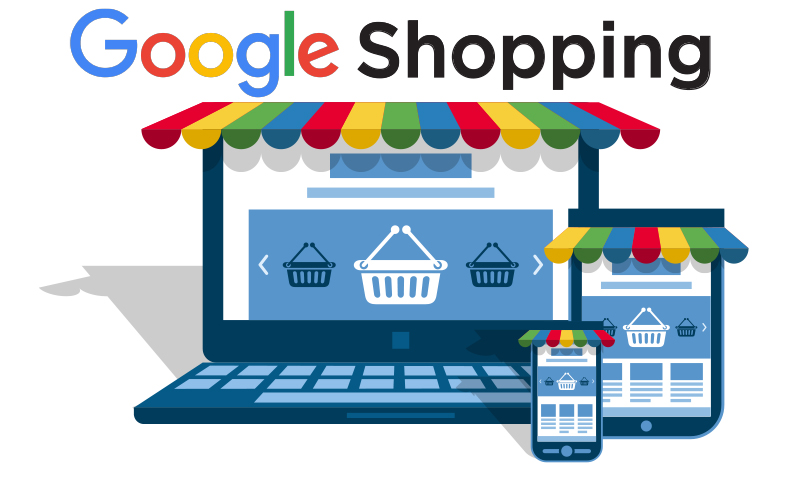
Online users find shopping online an effective time-saving measure. Even brief engagement with a product catalog in an e-commerce store can sometimes deter customers. Instead, it’s significantly easier to punch in the product name on Google, view the current market offerings, and select the optimum choice. In order to save customers’ precious time, product promotion is escalating in popularity. E-commerce portals now compete not just for the top positions in search results, but also vie for successful transactions on Google Shopping.
We are here to guide you on how to fine-tune your settings to enhance the efficiency of your Shopping campaign.
Preparation
Understanding the workings of Google Shopping’s configuration may already be a familiar task for you. The service operates by utilising your provided feed data to deliver Shopping advertisements.
The fundamental process you should follow includes:
- Thoroughly scrutinising Google’s procedural instruction for establishing Shopping promotions to prevent likely challenges down the line.
- Undertaking a comprehensive clean-up of your website, adhering to the first step’s conditions.
- Assembling the data feed by employing the Merchant Centre platform.
Upon the initiation of a fresh campaign in Google Ads, designating it as a “commercial” type is crucial. Furthermore, aligning it to your Merchant Center account is equally important.
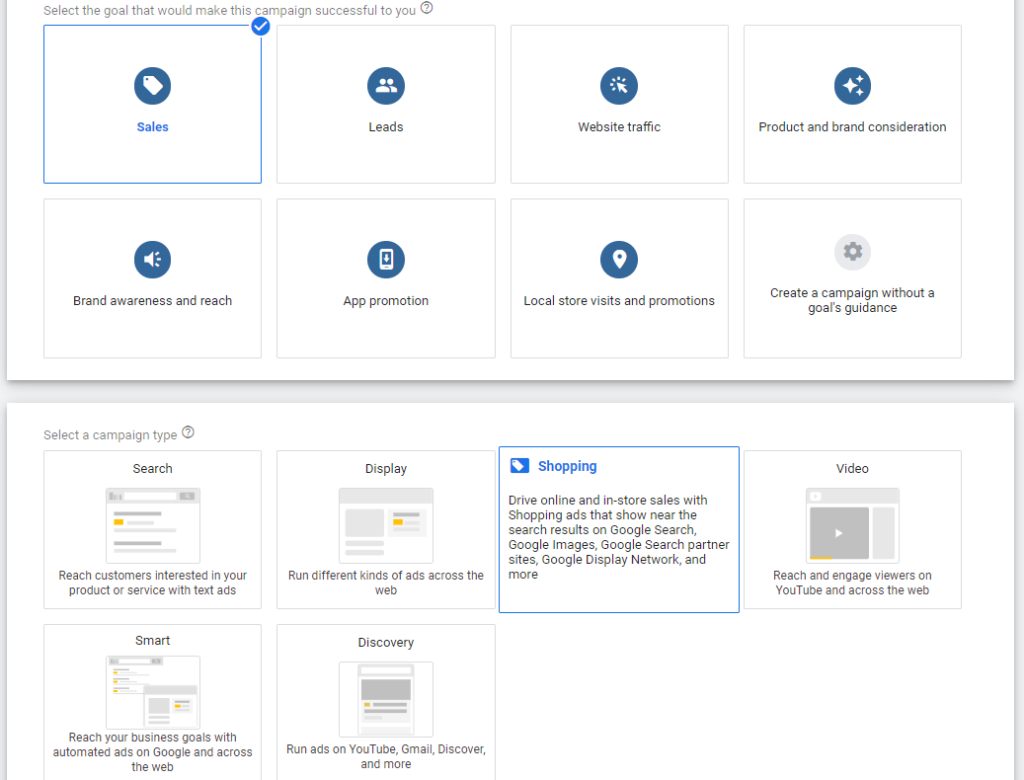
We now proceed to the augmentation and fine-tuning of the campaign.
Step 1. Working out the account’s structure
The existing campaign setup, whereby ad and product groups are lumped together, may not be conducive for proficient management down the line. With this setup, a uniform cost per click is applied across diverse products. A more refined alternative is to construct groups based on product features such as brand identity and product ID. Standard attributes provided by Google Ads can help in this, but don’t hesitate to apply custom ones. Consider leveraging indicators like sales volume and margin in your strategy. Custom labels come in handy when implementing such identifiers.
Further strategies to consider when shaping your structure include deploying attributes as filtering systems or modeling it to reflect the outline of the e-commerce store.

Step 2. Working with negative keywords
Identifying and incorporating negative keywords into your campaign settings is a crucial task. The primary purpose of this step is to reduce budget-draining factors. Users may find your product via irrelevant searches which inadvertently result in decreased Click-through Rates (CTR) and consequently, increased cost per click.
The most straightforward place to discover negative keywords is in search query reports. It is advisable to refer to standard negative keyword lists to ensure no duplicates are present.

Criteria for choosing negative keywords includes:
- Unrelated searches that could incorrectly direct people to your site. For instance, terms like “download”, “free”, or “photo.”
- Competitor searches. If your marketing strategy does not involve competing with other brands, it would be wise to eliminate these searches to prevent your brand from appearing in their results.
- Searches for items not available in your catalog. As an example, suppose your online store sells board games, but not children’s games. In that case, it’s advisable to filter out searches for “children’s games.” Alternatively, these types of searches may provide insights into potential profitable expansion, should the analysis prove them to be favorable.
- Broad searches. A potential customer who knows what they’re looking for will likely search for a specific product, specifying at least the brand or name, if not the model. Broad searches such as “furniture”, “electronics”, or “clothes” usually don’t translate into conversions. Eliminating such broad searches will prevent non-targeted impression, thereby enhancing the CTR.
Step 3. Optimizing product names
In the data feed, you’ll find the names of products. The monikers given to each item translate directly to their appearances in search results. Strive to encapsulate pertinent information within the brief confines of a title. Consider a scenario where your shopper uses Google to find “fish oil”. They might encounter the following results:

Several of these options are omega-3 capsule providers, yet some features omit that they are indeed fish oil. Imagine a customer searching for this supplement for the first time, unaware that Omega-3 denotes fish oil. Chances are, they’ll cast aside the initial two choices. Hence, before embarking on a campaign, we strongly encourage the analysis of search queries and subsequent optimization of product labels.
Do bear in mind, it’s crucial to maintain brevity and relevance in your headlines.
Step 4. Product price optimization
While many consumers view price as the key determinant in their purchasing decisions, lowering the price of a product isn’t always feasible and doesn’t necessarily lead to an uptick in conversions. If you believe that the Click-Through-Rate (CTR) of particular products is suffering due to pricing issues, consider the following tactics:
- Benchmark your prices against your competitors.
- Verify whether the shipping cost is included in the product price.
- Strive to decrease your maximum Cost-Per-Click (CPC).
Should discounts be available on any of your products, make a point to highlight them in your product feed via the sale_price attribute. This way, the consumer will be privy to both the original and discounted price.

Step 5. Working with Custom label attributes
Previously discussed, you now have the ability to upgrade your control features beyond the standard attributes, with the efficient use of Custom labels. These labels are designed to allow you categorize your products according to a specific attribute that carries significant importance to you (like, the product’s seasonal relevance, the year it was released, or its sales velocity, to mention a few.).
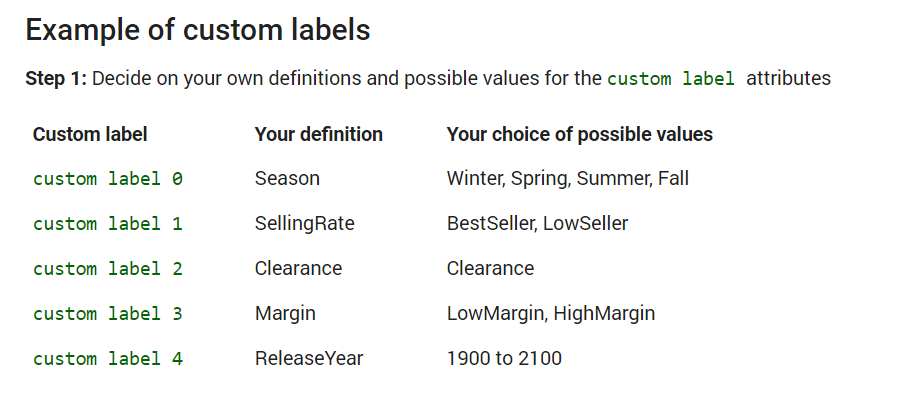
Each product can have up to only five custom labels assigned to it. They can also be strategically leveraged to group products in accordance to their selling cities or sales regions. This proves to be a highly advantageous utility particularly in business scenarios where product demand varies across different geographical locations.
Step 6. Preparing High-Quality Photos
Purchasers predominantly rely on visual perception in their decision-making process. Hence, the aesthetic appeal and quality of your images are crucial elements to consider. Distinguish yourself from your competitors by incorporating vibrant imagery, creative layouts, and photos showcasing the product being used or displayed on a model – this can have much more impact than conventional catalogue images.
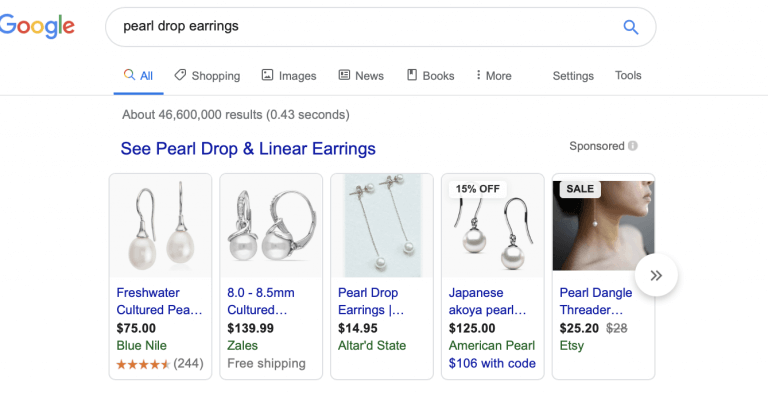
Step 7. Checking the relevance of the pages
In the past, a user might have been willing to toggle between multiple pages to complete a purchase, but today’s consumers prioritize speed and convenience. This shift underlines the necessity of delivering all pertinent information on the page that an advertisement leads to. Details such as the name of the product, its price, a representative photo, terms of delivery, and any applicable discount must be accurately presented and should perfectly align with the advertisement. It is crucial to ensure that the landing page is easily navigable and displays correctly regardless of the device the user employs to visit it.
Step 8. Bid management
The initial weeks of launching an advertising campaign can be most fittingly defined as experimental phases. These experiments shine light on the products that are spearheading the majority of your website’s traffic and sales. In this crucial period, the primary focus should not be fixated on the pursuit of numerical metrics, but rather on the significance of quality. For this reason, beginning with modest bids can prove advantageous. As the quality of your website’s traffic improves, increased Click Through Rates (CTR) can be expected, along with a decrease in bounce rates. Subsequently, this would be the optimal opportunity to enhance the size of your bids.
Step 9. Choosing a strategy
For different marketing campaigns, both manual and automated bid strategies are offered on Google Shopping platform. The primary attraction of the former is the ability to have total authority over your budget allocation. There’s an option to set custom bids either at specific product level or at group level. However, this approach tends to become highly inconvenient while dealing with online stores that stock hundreds or even thousands of products.
In such scenarios, it’s more suitable to depend on automated strategies, these make use of artificial intelligence:
- Optimizing cost per click. The algorithm assesses the conversion probabilities and lowers the cost per click, provided it determines that the user is likely to complete a purchase.
- Maximize clicks. This strategy adjusts the bids with an objective of enhancing the click counts.
- Targeting return on investment (ROI). Here, the user inputs a conversion value, then the system modulates the bids to yield the most lucrative conversions.
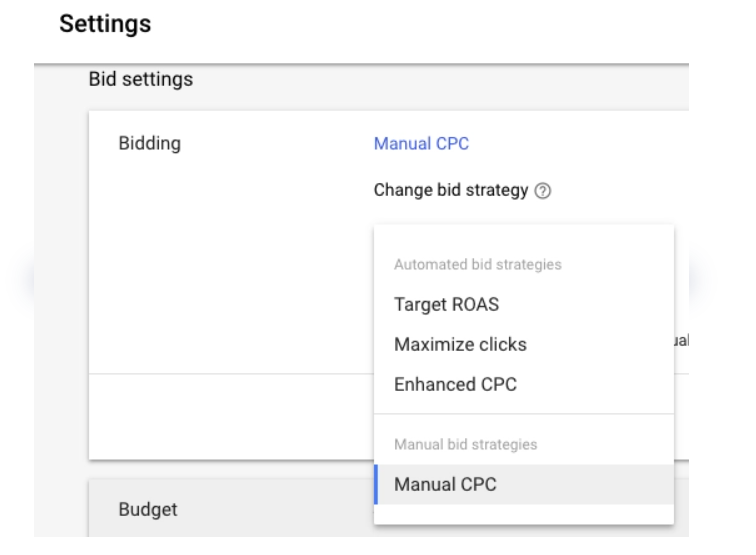
Step 10. Adjusting bids
Merely initiating the campaign is not the terminal point of your action. Keeping an observant eye and monitoring its progress is key. Upon receiving your inaugural statistical data, it’s time to tweak your bids to curtail expenses and enhance the efficiency of your ads.
Suppose your product advertisement pulls in more conversions during the weekend, it’s a wise decision to install an upward adjustment for every Saturday and Sunday. Also, if your clientele has more tendencies to shop during the nocturnal hours, then managing a specific time-adjustment becomes crucial. We suggest you step up the rates little by little, ideally commencing with an increase ranging between 20%-30%.
Google Shopping campaigns provide a suite of adjustment opportunities, encompassing:
- Distinct times within the 24-hour cycle
- Designated days of the week including special occasions and holidays
- The devices employed by users
- Certain characteristics of your target audience
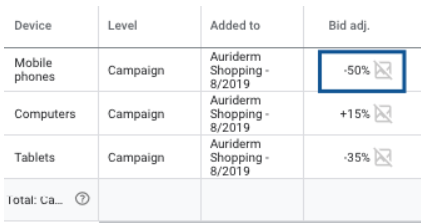
Step 11. Adding remarketing lists
Enhancing the visibility and effectiveness of your Google Ads campaigns can be significantly achieved through the innovative strategy of remarketing. The power of this tactic lies in its ability to attract previous users back to your online store via shopping advertisements. To cater to different visitors on your website, it’s possible to formulate separate audience lists with custom bids.
Given this, consider utilizing lower bidding when targeting individuals who left your website immediately after arriving at the landing page. On the flip side, for those loyal customers who have already engaged in multiple purchases from your platform, your bidding should be amplified 1.5-2 times. This is advantageous due to the high conversion potential that this audience group exhibits.
By sticking with the suggested strategies, it’s crucial to pay special attention to the distinct attributes of your offerings and the demographics of your potential customers. It’s also important to evaluate performance metrics consistently after every modification made. Keep in mind, successful advertising isn’t solely reliant on the initial configurations, but also necessitates a prompt reaction to market variations and shifts in customer perceptions. The team at our Digital Marketing Agency encourages you to leverage Google Shopping to drive impactful advertising results!
- Preparation
- Step 1. Working out the account's structure
- Step 2. Working with negative keywords
- Step 3. Optimizing product names
- Step 4. Product price optimization
- Step 5. Working with Custom label attributes
- Step 6. Preparing High-Quality Photos
- Step 7. Checking the relevance of the pages
- Step 8. Bid management
- Step 9. Choosing a strategy
- Step 10. Adjusting bids
- Step 11. Adding remarketing lists
Contact Me


